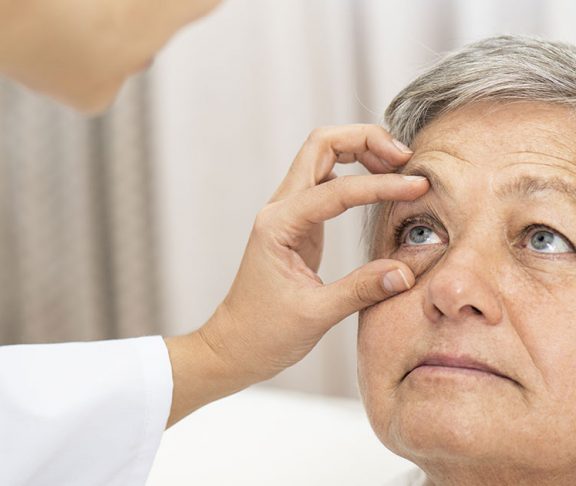
Ben Shaberman
Senior Director, Scientific Outreach, Foundation Fighting Blindness
Some of the emerging approaches to overcoming vision loss appear, at first blush, to be remarkably simple. For example, doctors are injecting a tiny drop of liquid in the eyes — underneath the retinas, to be exact — of blind children and adults to bestow them with vision.
While the procedure sounds straightforward, the drop of liquid delivers genetic magic. The liquid contains millions of copies of a healthy gene to replace the defective gene causing the retinal disease and vision loss. Human-engineered viral containers, which are able to penetrate retinal cells, are used to deliver the therapeutic genes.
In simple terms, you can think of the viral containers as being like trucks that deliver genetic cargo. And don’t worry, these viruses are safe and thoroughly tested in labs before they are evaluated in humans.
Now they see
The approach, known as gene therapy, is now approved by the U.S. Food and Drug Administration for people with mutations in the gene RPE65, which when mutated, causes a condition called Leber congenital amaurosis (LCA).
Children with LCA are born blind or with severe vision loss. But the treatment, called LUXTURNA, has allowed many kids and young adults with LCA to put away their white canes and see the faces of their mothers and fathers for the first time.
“Gene therapy for retinal diseases has been about 30 years in the making,” said Benjamin Yerxa, Ph.D., chief executive officer at the Foundation Fighting Blindness. “But the success of RPE65 gene therapy has been impressive and paved the way for clinical trials that are addressing a variety of retinal conditions, including RP, choroideremia, and the dry and wet forms of AMD. Thus far, these emerging therapies have had good safety profiles and are showing encouraging signs of efficacy.”
Gene editing
In addition to gene replacement, researchers are developing gene-editing tools, such as CRISPR/Cas9, which works like molecular scissors to cut out genetic defects. The companies Editas and Allergan are collaborating to develop a CRISPR/Cas9 treatment for people with LCA10 caused by a mutation in the gene CEP290. Their recently launched clinical trial is the first-ever study of CRISPR/Cas9 therapy applied directly to the human body.
ProQR, a biotech company in the Netherlands, is targeting RNA, the genetic messaging system in our cells, to correct the defects that cause vision loss from retinal diseases. Its approach works like a piece of tape to mask or block out the disease-causing mutation in RNA. ProQR currently has three clinical trials underway — for LCA10, RP (RHO mutations), and Usher syndrome type 2A, which causes combined vision and hearing loss.
“The retina is a great proving ground for genetic treatments because it is a small target and we have two of them. A treatment can be applied to one retina while the untreated retina can serve as a control. Controlled studies are good science,” said Dr. Yerxa. “We still have a ways to go until we eradicate all retinal degenerative diseases, but our progress in genetic research is accelerating impressively. It is a fun and exciting time in the retinal space.”

